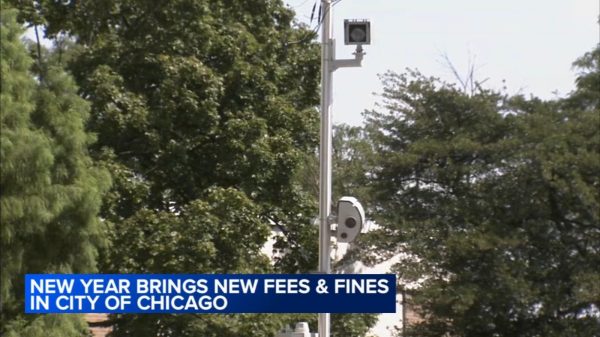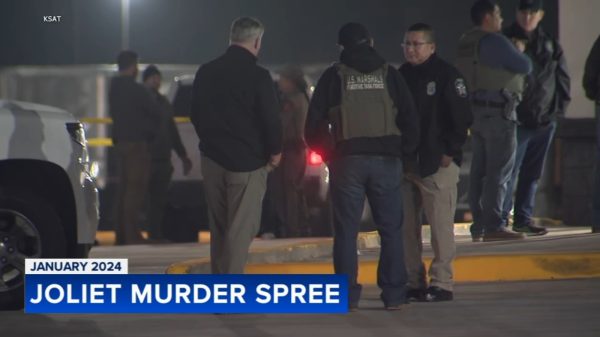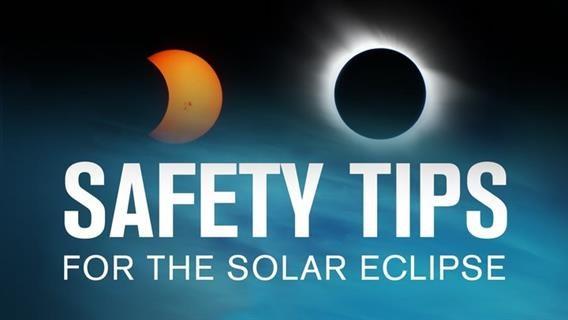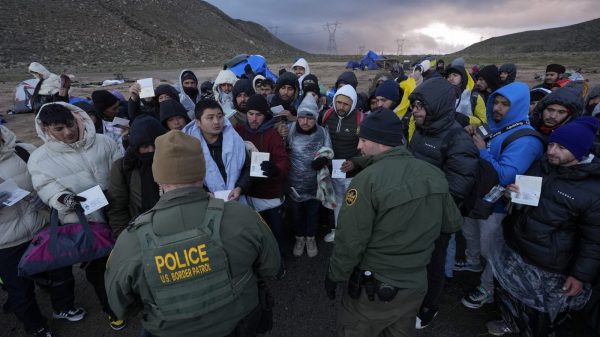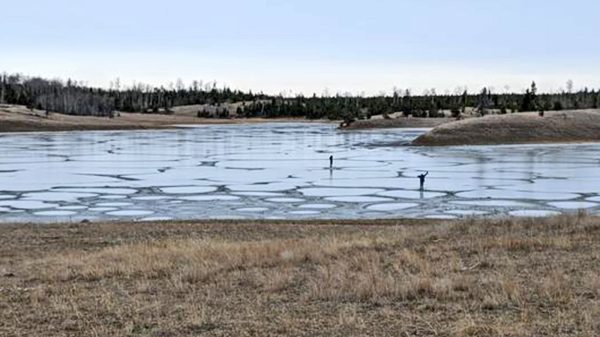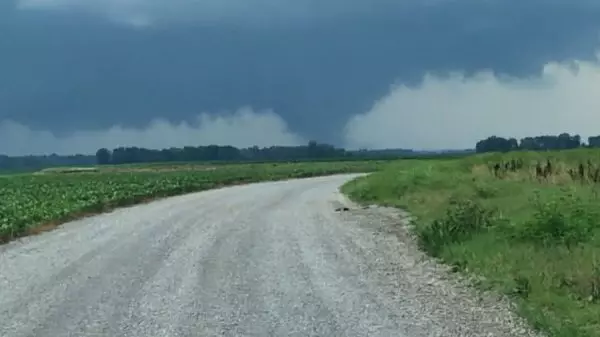A strong winter storm is sweeping through the Ohio Valley, bringing significant snowfall, icy roads, and dangerous driving conditions across multiple counties in Ohio, Kentucky, and Indiana. The National Weather Service has issued Winter Weather Advisories, warning that the storm will severely impact travel from Tuesday evening into Wednesday afternoon.
With snowfall expected to peak overnight, both the Tuesday evening and Wednesday morning commutes are expected to be treacherous. Officials are urging drivers to stay off the roads if possible, as snow accumulation and below-freezing temperatures will create slick, icy surfaces.
How Much Snow Will Fall?
- Snow Accumulation: Most areas will see 2 to 4 inches of snow, with some localized areas receiving even more.
- Timing: The heaviest snowfall is expected overnight into early Wednesday morning, with flurries continuing through midday Wednesday.
- Dangerous Wind Chills: Bitterly cold temperatures will keep roads icy well after snowfall ends, making conditions hazardous even into Thursday morning.
Which Areas Will Be Hit the Hardest?
The storm will impact multiple counties across the Ohio Valley, with major cities like Cincinnati, Louisville, and Evansville bracing for significant accumulation.
- Cincinnati, Ohio: 15°F (-10°C) with light snow continuing overnight, adding 1 to 2 inches to existing snowfall.
- Louisville, Kentucky: Snowfall totals could reach 3 to 4 inches, making untreated roads extremely hazardous by morning.
- Evansville, Indiana: Light snow mixed with frigid temperatures will create slick and icy conditions overnight.
Why This Storm Is So Dangerous
This storm isn’t just about the snowfall—it’s the combination of snow, ice, and freezing temperatures that make travel so risky. Roadways will become slick quickly, and temperatures will drop so low that even treated roads may still freeze over.
Black ice is a major concern, especially in areas where snow has melted and refrozen. Bridges, overpasses, and untreated roads will be particularly dangerous, with drivers at risk of losing control.

How to Stay Safe in This Winter Storm
1. Avoid Travel Unless Absolutely Necessary
Officials are strongly advising against travel, especially overnight and during the Wednesday morning commute. If you must drive, remember:
- Drive slowly and increase following distance
- Watch for black ice, especially on bridges and overpasses
- Use headlights and avoid sudden braking
2. Prepare for Power Outages
Heavy snow can weigh down power lines, increasing the risk of outages. Keep these essentials ready:
- Flashlights and extra batteries
- A fully charged phone and backup power source
- Extra blankets and warm clothing
3. Limit Time Outdoors
With temperatures plunging to the low teens, frostbite can occur in as little as 30 minutes. If you must go outside:
- Dress in multiple layers and cover exposed skin
- Wear waterproof boots to avoid slipping
- Stay dry, as wet clothing increases heat loss
4. Stay Updated on Weather and Road Conditions
Conditions can change rapidly as the storm moves through. Stay informed by:
- Checking local news and weather apps for snowfall totals
- Using Ohio, Kentucky, and Indiana’s 511 road condition hotlines
- Listening to emergency alerts for road closures and advisories
Road Crews Are Working, But Conditions Will Stay Dangerous
State and local plows have been deployed, but with ongoing snowfall and freezing temperatures, roads will remain slick into Thursday.
While highways and major roads will be prioritized for plowing and treatment, secondary roads and residential streets may take longer to be cleared. Drivers should expect delays, slow-moving traffic, and potential closures.
Final Warning: Stay Off the Roads If Possible
With heavy snowfall, icy conditions, and frigid temperatures, this winter storm is a serious threat to anyone traveling across the Ohio Valley. If you don’t have to go out, stay home and avoid risking your safety on slick, unpredictable roads.
If you haven’t already, stock up on essentials, check on elderly neighbors, and prepare for potential power outages.

